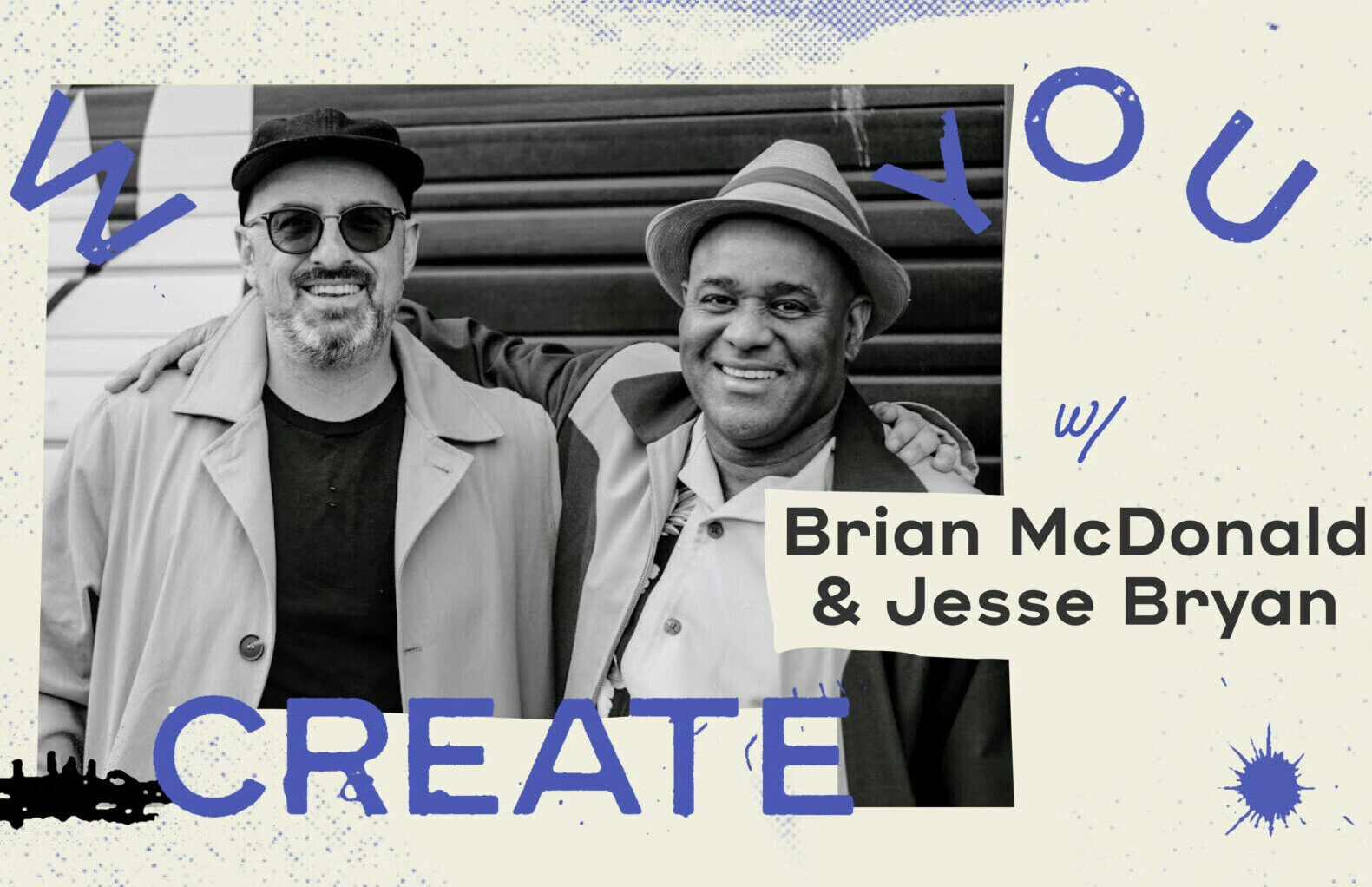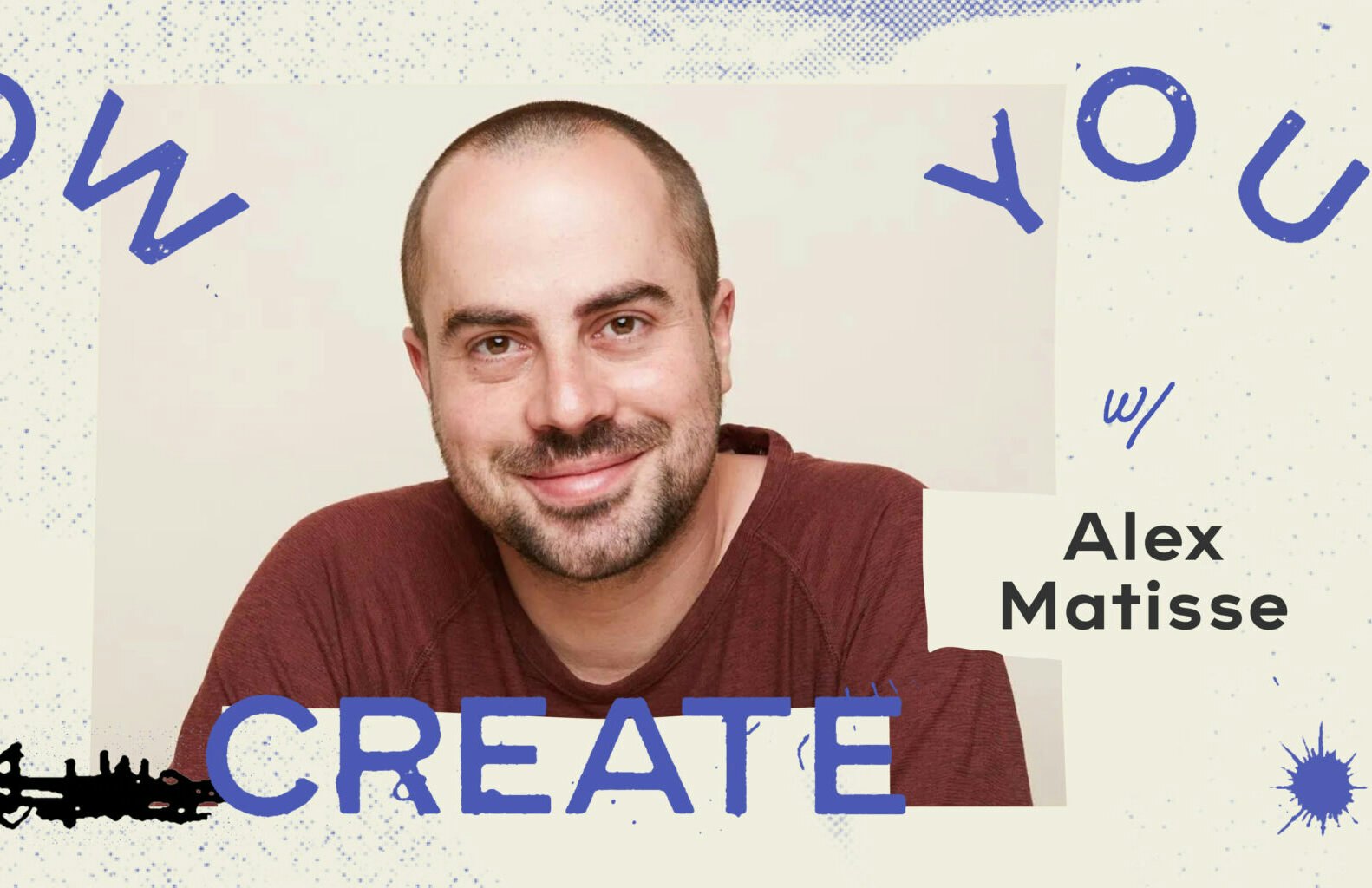Five Questions: Laura Callanan
At Access Ventures, we believe creatives are a powerful force for change and innovation. Our investments in the creative economy recognize the value and impact that creators create through their art and in creative businesses.
But what is the creative economy and why is it something investors should care about? In this Five Questions video we talked with Laura Callanan, Founding Partner of Upstart Co-Lab about just that. Watch the video below to learn more about how Laura is defining and thinking through what it means to be part of the creative economy.
What is the creative economy?
At Upstart, we looked across about 27 different state and regional definitions of the creative economy. We looked at the industries that were included in those definitions and since we’re taking a national view and aspire to an international view, we included all of those industries and then we did a little thinking and added a few more. But we break it down to five main pillars when we think about it, so it’s food, fashion, media, other creative businesses that don’t fit into those first three categories, and then real estate related projects.
What is a creativity lens?
A creativity lens allows impact investors to see throughout their portfolio opportunities in the creative economy. Those could be in ethical fashion, sustainable foods, social impact media, in community development funds that are focused on creative places, creative businesses in low-income communities. So in the same way a gender lens helped folks bring into view, to spotlight opportunities, related to women and girls in their impact portfolio. The creativity lens is helping folks see the opportunities related to art and design, culture, heritage, and creativity.
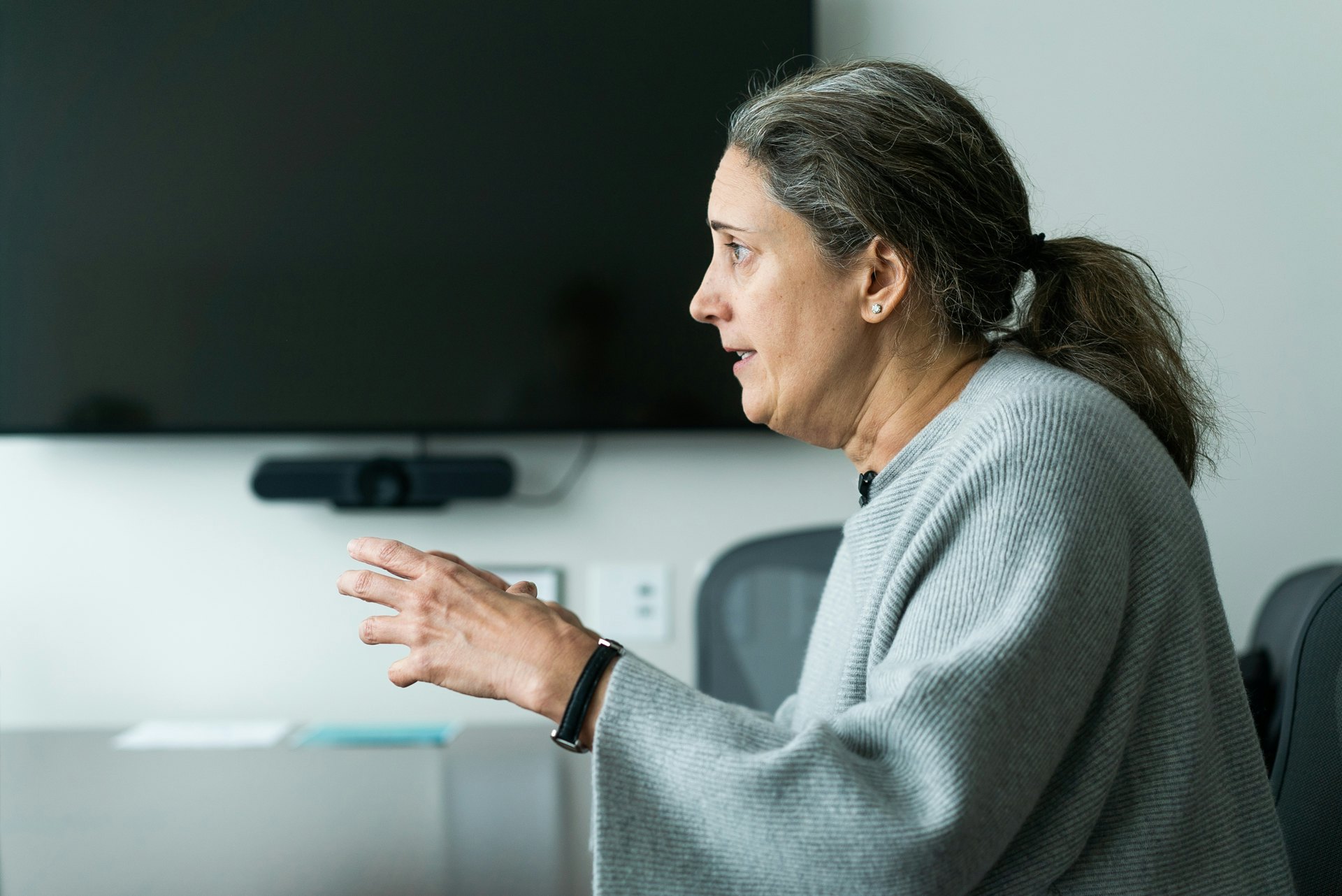
What are challenges that traditional fund managers might face when investing in the creative economy?
I don’t think that are any. You know, it’s just starting to be aware and looking at bringing things into view, bringing things into scope that you might not have been looking out for previously. It probably would reflect a bit of an expansion in your sourcing network and how you screen and entertain deals you would at least give a first cut of review to. Turn the question around: how does using a gender lens change what a fund manager does? I think any kind of lens can do three things, it can bring into view a whole new set of high potential opportunities that we might have been missing before, it can help you to see new ways to achieve the social impact that you have already decided is important to you as an investment or fund manager. For example, if you care about the environment, investing in ethical, sustainable fashion means you’ll be investing in companies that also care about the environment. If you care about fair trade and labor and quality jobs, if you invest in ethical sustainable fashion companies, those companies also have a commitment to fair trade and quality jobs. If you care about women and girls, if you work through a gender lens, you can adopt an ethical lens, you can adopt a creativity lens, you can invest in ethical sustainable fashion. The vast majority of workers in the fashion and garment industry worldwide are women. So the creativity lens doesn’t alter your opportunity to drive outcomes for environmental workers or for women. It just might get you to pay attention an ethical sustainable fashion company that you might not have thought of previously.
“There’s more that’s the same than that is different when it comes to looking for investable opportunities in the creative economy.”
What attitude do creative entrepreneurs have towards taking capital?
We did a report that came out about two years ago now, creative businesses and places categorizing community growth and one of the things we addressed in that report had to do with the attitude–the perception–of the creative entrepreneur and what kind of capital they’re comfortable taking and when they’re comfortable taking capital. They’re actually like a good kind of entrepreneur, the kind of entrepreneur you’d want to work with, cause’ they don’t want to take your money until they feel really confident that their business is going to work. They would prefer to grow organically so that they’re not obligated to meet the priorities of investors because they want to be sure that anyone else who has a say in the company is really deeply aligned to their mission and social focus. So that was one of the things we found. We also found that creative entrepreneurs, they watch the social networking movie just a few too many times and they thought that the only sort of investment capital came from Sand Hill Road. And so they thought they had to be talking to real, true venture capitalists and the types of businesses that most creatives, that we, talk to will never have the potential for exponential growth and the evaluations that a Silicon Valley VC is going to look for.
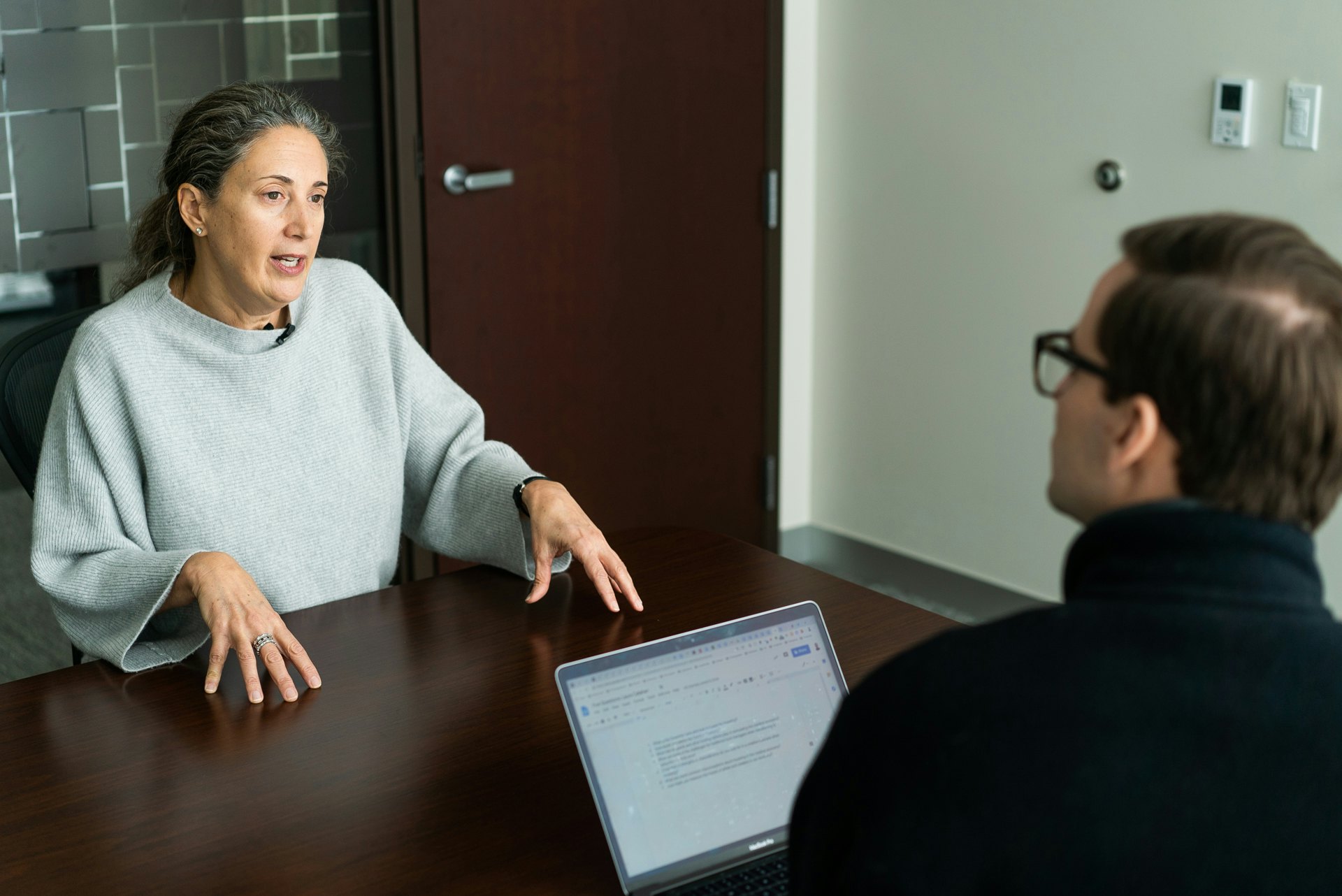
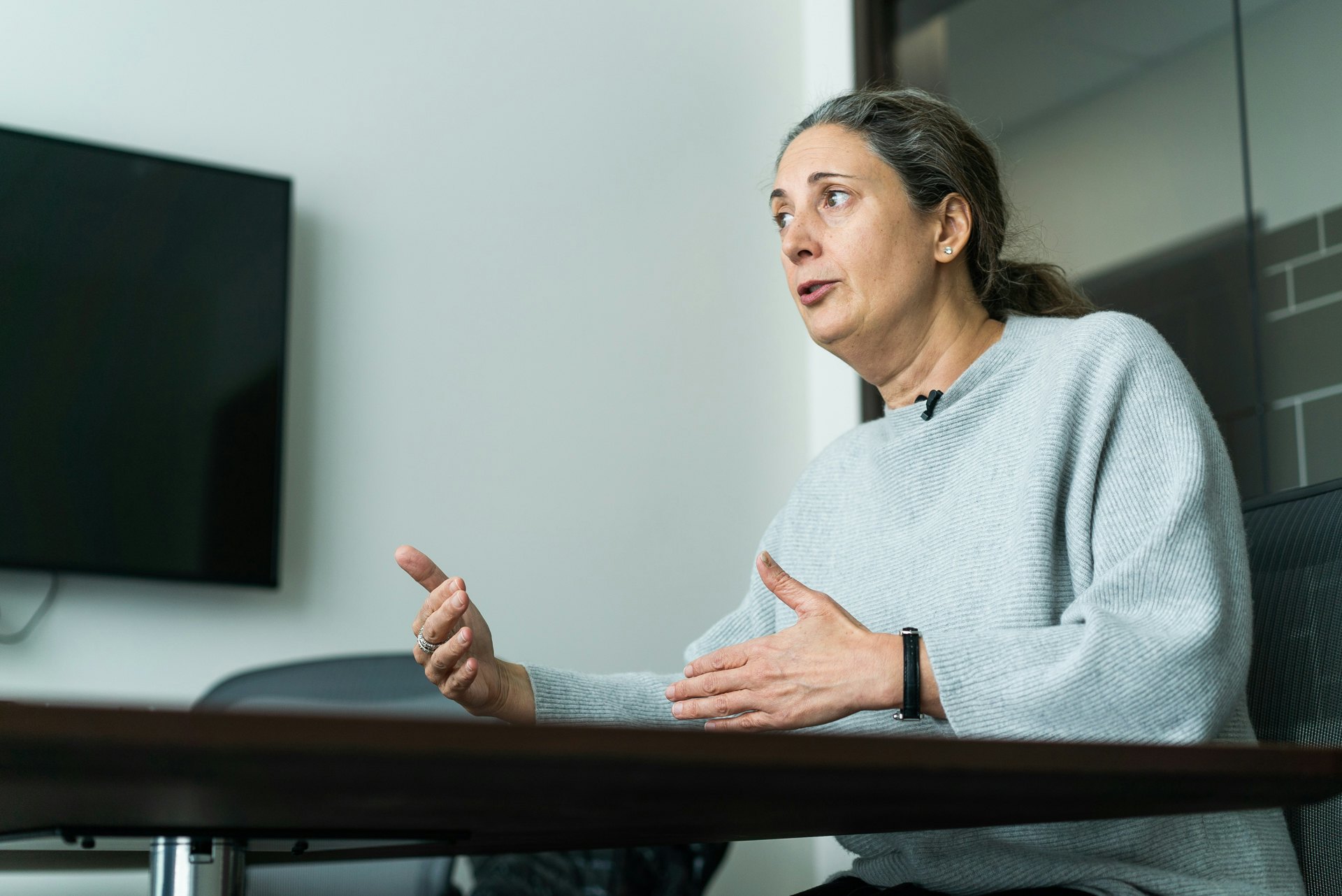
Alternatively, those same entrepreneurs can be very well-served working with CDFIs and working with lenders who are thoughtful about community focused businesses and businesses that are going to grow and sustain. They are going to economic opportunity for their founders, and great jobs and quality jobs for their workers–but they’re never going to IPO. And so one of the roles that we’ve seen for ourselves is just helping the creative entrepreneurs be realistic about where they fit in the whole range from social to conventional investing and help them understand debt versus equity and the range of investors that they could be successfully working with.
What strengths should investors look for in creative businesses?
There’s nothing different than what you would look for in other businesses–that’s really the first place to start. So both on the business operations, the financial bottom line, as well as on the social impact, there’s more that’s the same than that is different when it comes to looking for investable opportunities in the creative economy. There’s a lot that, I think, is additive and exciting about the creative economy and particularly if you think about the traits and characteristics, some of the values, and attitudes, and even tools and approaches that creative people bring to solving problems. So that can distinguish their companies to some extent. So there’s more you can find around creative businesses but I think you can be very well served starting looking through the same criteria that you would consider looking for of the businesses you would seriously evaluate for investment.
Check out some of our other Five Question videos on our YouTube page.

